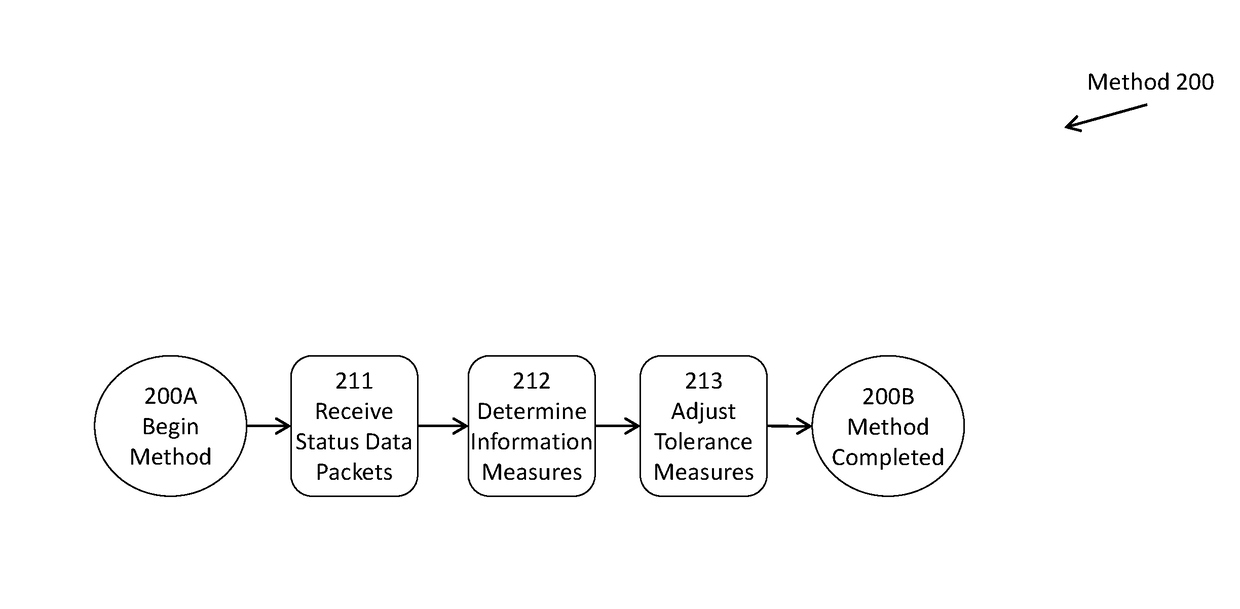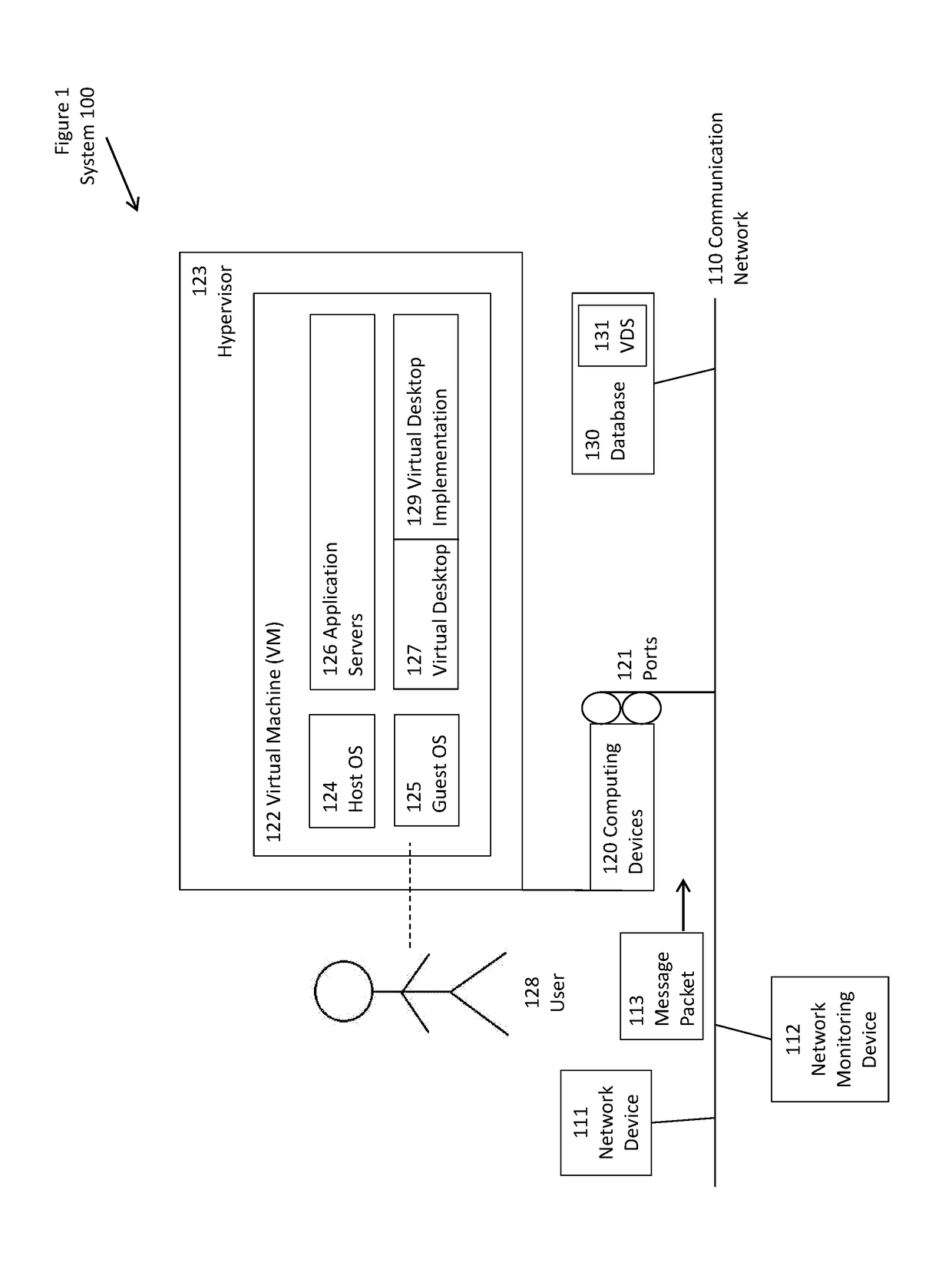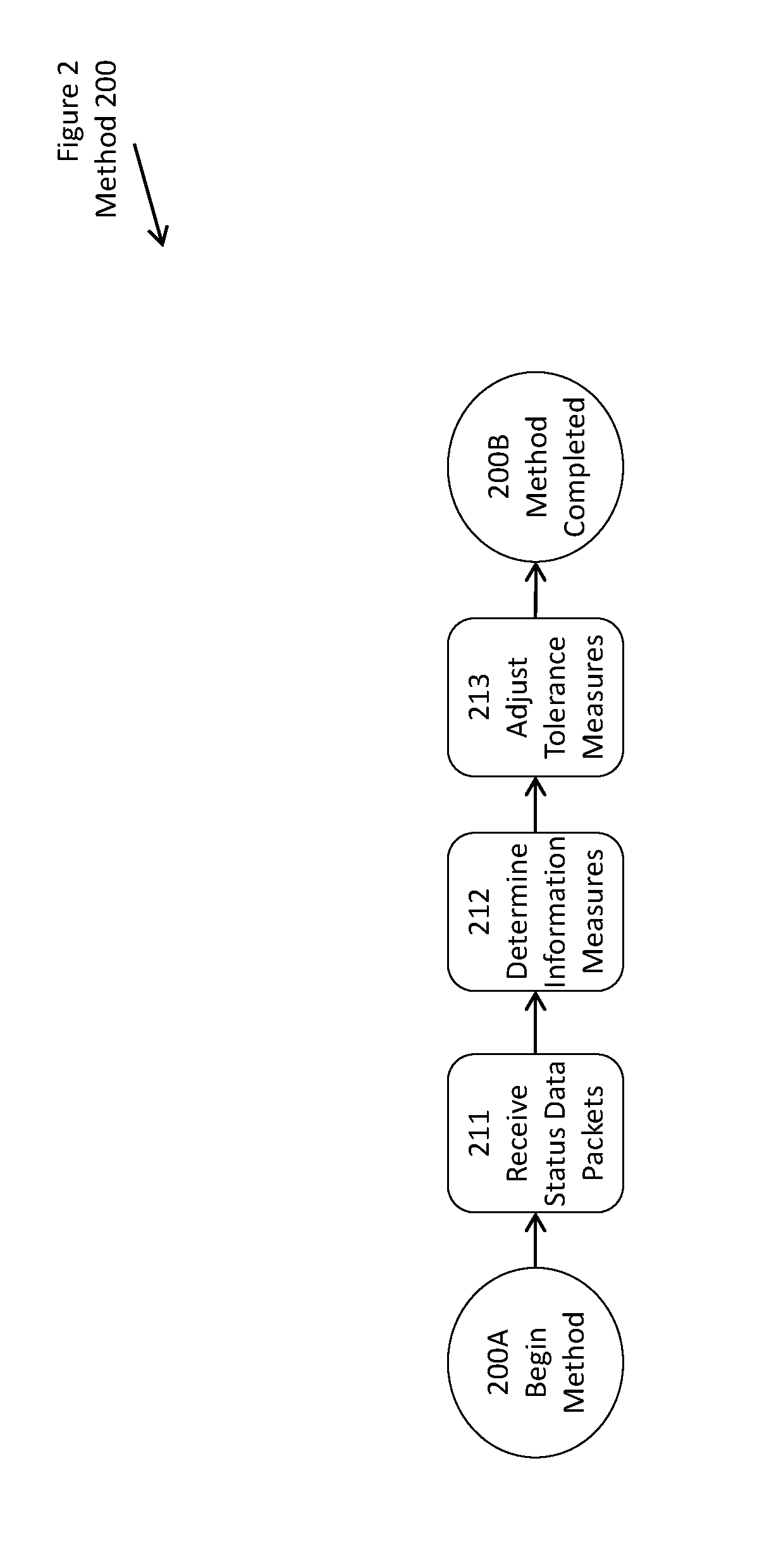Enhanched flow processing
a technology of flow processing and enhanching, applied in the direction of electrical equipment, data switching networks, digital transmission, etc., can solve the problems of data being delayed so late that it is too late to consider, network devices providing status data more quickly and some more slowly,
- Summary
- Abstract
- Description
- Claims
- Application Information
AI Technical Summary
Benefits of technology
Problems solved by technology
Method used
Image
Examples
Embodiment Construction
[0012]Terminology[0013]Generality of the Description[0014]Specific Phrases and Terms[0015]System Elements[0016]Element Identifiers[0017]Configuration of Elements[0018]Method of Use[0019]Flow Points and Method Steps[0020]Alternative Embodiments[0021]Similar Elements or Steps[0022]Specification Not Limiting[0023]Claims Included in Specification[0024]CLAIMS[0025]ABSTRACT OF THE DISCLOSURE
RELATED DOCUMENTS
[0026]This Application relates to devices, methods, and techniques, such as described in the following documents, and documents quoted therein or related thereto:[0027]U.S. application Ser. No. 12 / 180,437; filed Jul. 25, 2008; in the name of inventors Derek SANDERS, Rangaswamy JAGANNATHAN, Rosanna LEE, Kishor KAKATKAR, and Xiaohong PAN; titled “Symptom Detection Using Behavior Probability Density, Network Monitoring of Multiple Observation Values Types, and Network Monitoring Using Orthogonal Profiling Dimensions”;[0028]U.S. application Ser. No. 12 / 791,704; filed Jun. 1, 2010; in the n...
PUM
 Login to View More
Login to View More Abstract
Description
Claims
Application Information
 Login to View More
Login to View More - R&D
- Intellectual Property
- Life Sciences
- Materials
- Tech Scout
- Unparalleled Data Quality
- Higher Quality Content
- 60% Fewer Hallucinations
Browse by: Latest US Patents, China's latest patents, Technical Efficacy Thesaurus, Application Domain, Technology Topic, Popular Technical Reports.
© 2025 PatSnap. All rights reserved.Legal|Privacy policy|Modern Slavery Act Transparency Statement|Sitemap|About US| Contact US: help@patsnap.com



